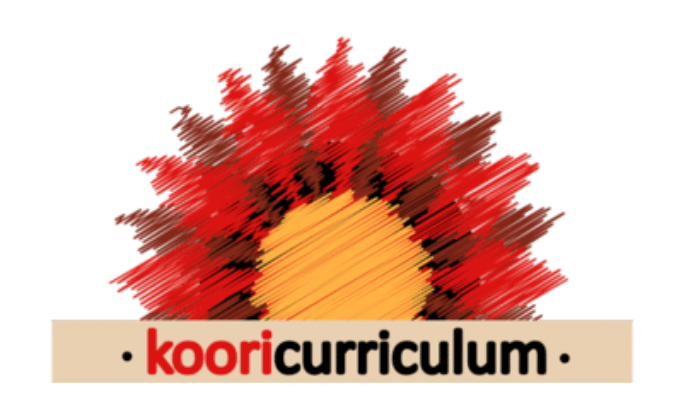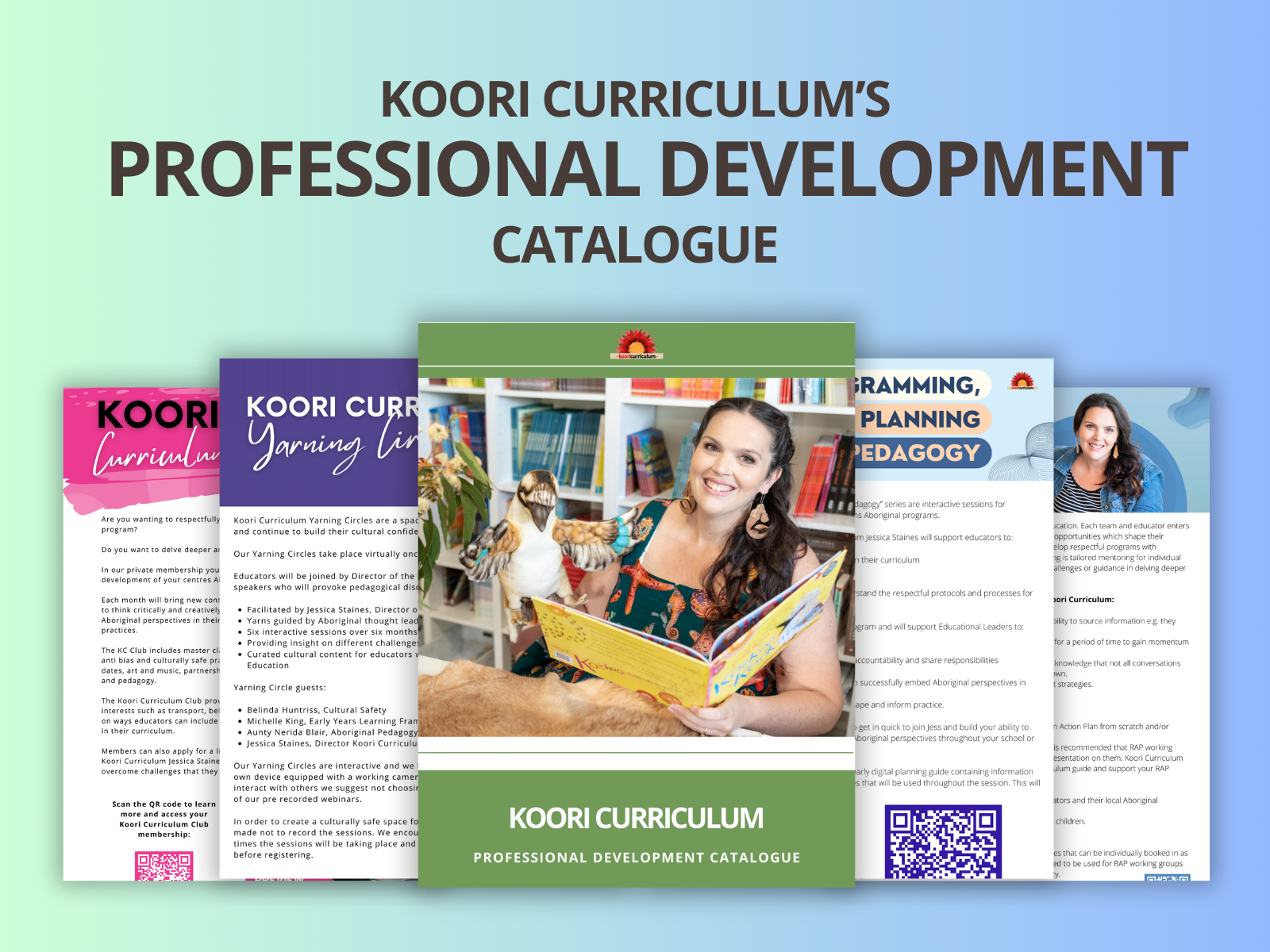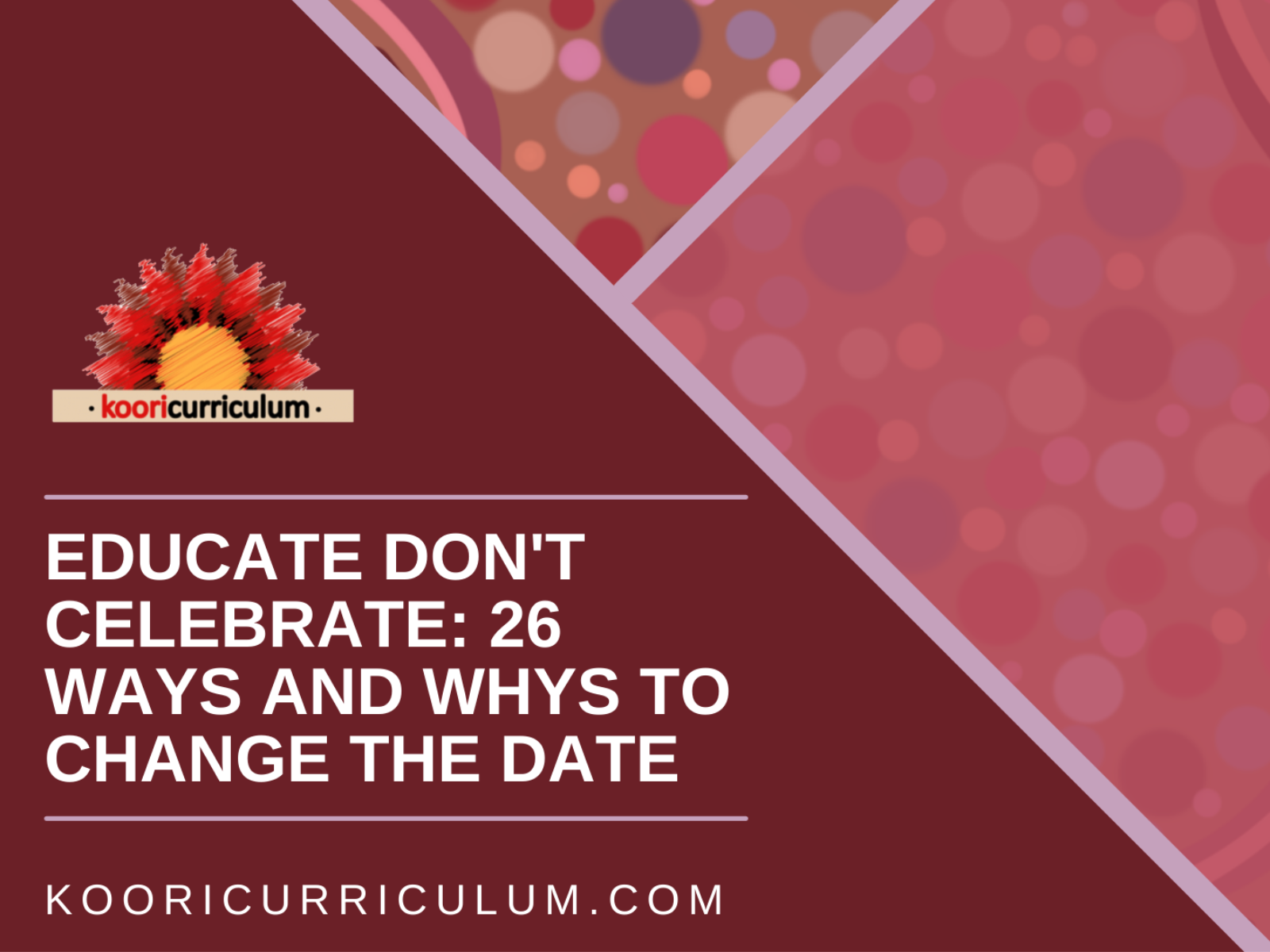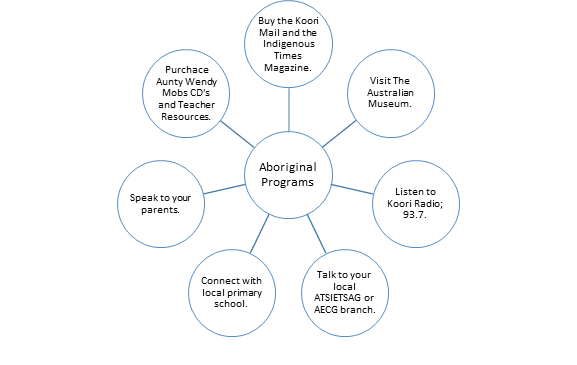
Reflecting on good intentions
When I first began working in early childhood in 2007 I was eighteen years old and working towards my qualification at TAFE. Being eighteen I was establishing my identity both professionally and personally as a young adult.
My parents have played a big part in shaping my identity; my Mother, Debbie Zappia is an early childhood teacher and has worked in the field for thirty plus years and my Father; John Staines is a Wiradjuri man who was born and raised in Glebe.
My first part time position as an educator was at Cavendish St; a long day care centre for Marrickville Council. Coincidentally our family had strong ties to this service as it was one of the centres my Mum directed and it was where my brothers and I attended as children. One of the educators that taught me as a child was still working at the centre when I started and I quickly felt as though I belonged to the team and community.
The director Sharon Daily and Kellie Gleeson the teacher are passionate educators and people orientated leaders. Kellie new that I was discovering my Aboriginal identity and suggested that together we look at ways to incorporate Aboriginal culture into the curriculum.
My Mum suggested that we speak to David Watkins and Michelle Hamilton the Directors of Wunanbiri pre-school at Alexandria. David and Michelle were very willing to share and guide us on our journey, we sat together one afternoon and developed a web of avenues that we could persue to begin connecting with our local Aboriginal community and how we could include Aboriginal perspectives into our program. Our web looked something like this…..
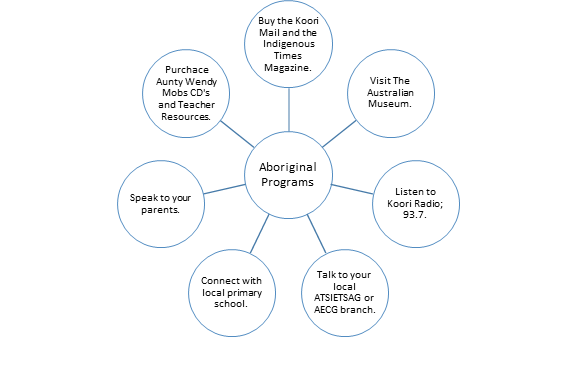
With a plan of action to guide us we began our journey. Over the coming weeks and months we documented our experience in a project book, these are some of the things we found:
- Our local AECG and ATSIETSAG group had an office on Cavendish St. I was able to connect with them and registered for their Boori pathways conference in Terrigal. This was the first conference I attended and was taken under the wing of Aunty Maxine Mckay. I was like a sponge absorbing every bit of information that came my way and met many amazing Aboriginal educators who were more than willing to share their knowledge with me.
- We spoke to our families and two of them in particular became great resources.
– One of our Mothers was running the Warra Warra unit at Macquarie University; which is a block program for Aboriginal Early Childhood Teachers.
- Another one of our mothers was the librarian at Stanmore Public School (directly across the road). She leant us many amazing resources and invited me to come to bi-monthly meetings that the school held with their Aboriginal families. This allowed me to make connections with families in our community and hear what was important to them.
From this relationship our children were invited to special schools assemblies on NAIDOC week and Sorry Day. One of the classes also visited our centre and sang Archie Roaches song “Paradise”. - We purchased Aunty Wendy’s CD’s and her songs quickly became favourites with our children; especially the song “red, black and yellow”. During NAIDOC week my Dad and Uncle Bobby came to Cavendish St and we had a “Red, Black and Yellow” day.
- We found out that one of the children currently enrolled at the centre was Aboriginal.
- We noted that every day an older Aboriginal man and his grandson would walk past our centre. He began looking in and noticed what we were doing. Over time he would bring his grandson to the park with us and once spoke about maybe enrolling him into day care.
- Wunanbiri pre-school invited a group of our children to visit them, we then invited them to come and visit our centre. The educators at Wunanbiri said that in all the years they’ve been running they’ve had so many visitors but we were the first that had ever invited them to our service.
- I took a week off from work and went to volunteer at Wunanbiri so I could learn more and our team attended training that the Wunanbiri educators provided for us.
- We took a group of children to visit the Australian Museum and we spoke to them about past injustices.
- We read the book “Stolen Girl”.
- We provided activities such as cooking damper. Our art curriculum consisted of bark painting, dot painting and hand painting.
I was really proud of all the things that we were able to achieve but it wasn’t until much later that I began to reflect and question if some of the things that we did were tokenistic.
Once I had completed my Certificate Three at Petersham TAFE I left Cavendish St and began working at another Council service; Addison Rd Early Learning Centre. During this time I began taking care of a little girl called Kira in an Aunties and Uncles program. Kira was a two year old Koori kid and it was her that prompted me to reflect on how I was ensuring that she grow up culturally strong.
I began to look at my practices through a different lens and questioned the resources and experiences that I provided to young children with the intent of being inclusive of Aboriginal culture. The books and images that I provided were riddled with stereotypical images of Aboriginal people, the art experiences were clumsy and far from authentic. As an Aboriginal Women I felt no ties or sense of belonging to what I was doing so how could I expect Kira to feel any differently?
My professional identity has changed a lot since my first year in early childhood. However, it’s important to reflect on what was in order to understand how my practice and principles have grown and changed.
I’m now an Early Childhood Teacher working for Explore and Develop Lilyfield four days a week whilst working with KU Children Services Aboriginal Programs on my fifth day. In these last few years I have worked with both Indigenous and non- Indigenous communities in both urban and rural settings both as an Early Childhood Teacher and as an Aboriginal Programs Teacher. My experience has taught me the importance of embedding Aboriginal perspectives into the everyday curriculum of early childhood programs.
Embedding to me indicates that it’s a part of and not separate to. I have been guilty in the past of teaching Aboriginal culture to children and taking the tourist approach. To embed I now look at what children are interested in and find a way to share and celebrate Aboriginal culture as a part of their holistic learning experience.
I hope to share my experiences and reflections with you through this blog.
Happy Reading!
